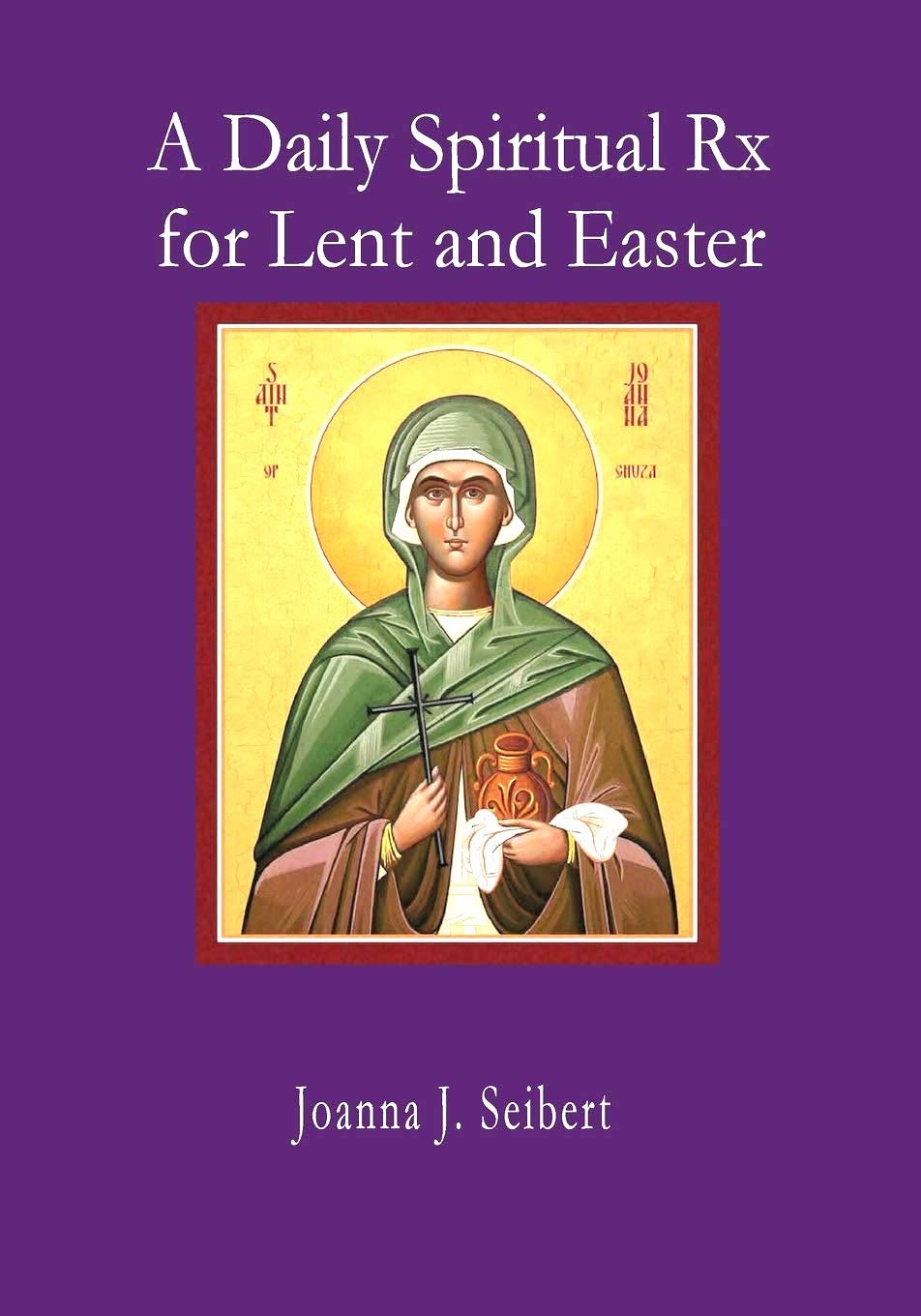THE JOY OF RASPBERRIES
Guest Writer and Artist: Ken Fellows
Here’s the secret of successful raspberry picking: think like a raspberry. They’re crafty, deceptive, tricky, and shy. Growing in clumps of 5-8, the ripe ones hide behind unripe relatives to avoid detection. Some –usually the biggest and sweetest –grow solitarily and obscure, down low, among bushy green leaves and thorny stems.
Breakfast Treat. Ken Fellows
Unlike ground-hugging strawberries with their low ‘fruit-to-leaf’ ratio, raspberry plants grow 4 -6 feet tall, supported on foliage-dense, crisscrossing, prickly branches. A good picker must lift up, pull down, untangle, turn over, separate, and inspect along rows of plants from all angles to retrieve the red-seeded prey.
In my small raspberry patch, the hunt is further complicated by entwining weeds bearing the same-shaped leaves and gray-green color as the berry bushes. They twist round and round the berry canes, adding even more cover for the elusive red fruit. Unwinding from the raspberry plants, ubiquitous weeds are enough to pull them by their roots, doubling the picking time without increasing the berry yield. It’s maddening.
Maine’s mosquitoes provide the berries with another defense. My berry patch supports hordes of them. During the July picking season, green-headed flies join the battle on behalf of the fruit, so I’m forced to pick fruit in the sweltering midday because the vexing insects are less active then.
When I march into battle under a blazing, humid afternoon sun, armored against airborne enemies, the core of my protection is an airless, black, netted nylon jacket covering my head to waist. Covering my face, the netting prevents the ingestion of belly berries, a serious drawback. Below, I wear jeans tucked into tall rubber boots. This is not a cool outfit. It’s sweaty, airless, and hot. Head hot. Body hot. Feet hot. Everything hot, hot, hot.
Of course, I wear a shirt under the mosquito-netting jacket and douse myself with Cutter’s spray repellent. The little buggers still find ways to penetrate the clothing and the netting, so no picking session is itch-free. My front yard berry patch is next to our street, Chauncey Creek Road, and strollers walking by often comment:
“How lucky for you to have raspberries to pick.”
“Oh yes, lots of fun,” I grumble back.
Forget the impediments: just gathering the berries isn’t all that easy either. It’s a stand-up job where I hold the collection box in one hand –or precariously cradle it on one bent arm –leaving the other hand free for plucking fruit.
But there’s a problem; I can become so engrossed in the search-and-snatch maneuvers that a partly filled box in my non-picking hand is forgotten, tips downward, and half an hour’s work scatters to the ground, irretrievably lost in the thicket. It’s not good if someone is walking by at that moment. I don’t mutter; I explode in a stream of blue language that I otherwise use only in front of my exasperating computer.
And have I mentioned the mental stressors in raspberry picking? Deep red berries are the object of the hunt. Purple ones are over-ripe and unusable; yellow-orange to orange-pink ones are tasteless and must await the next picking. But how about those becoming just faintly purple –or those turning ‘early red’? Pick now or later? Can I pick again in 2 days? Not if it’s raining or I’ll be busy or away. Almost every picking minute, crucial, stressful decisions must be made.
If everyone knew the effort involved and the mental toll taken, they might understand why a commercial pint of raspberries is so expensive.
There are rewards for hours and hours of berry tending: raspberry shortcakes, pies, and muffins, berries on cereal, and freezer jam, which takes raspberry taste to a higher level. On a stormy, cold winter’s morning, raspberry jam on warm toast makes life sustainable.
So, I’ll go on fussing with the plants …trimming, fertilizing, rototilling, watering, and battling insects and weeds. And I’ll continue picking with all its frustrations and hardships. I’ve been doing it for 40 years. I know the price and am willing to pay. I remain ever thankful for the bounty.
Ken Fellows
Joanna Seibert joannaseibert.com




